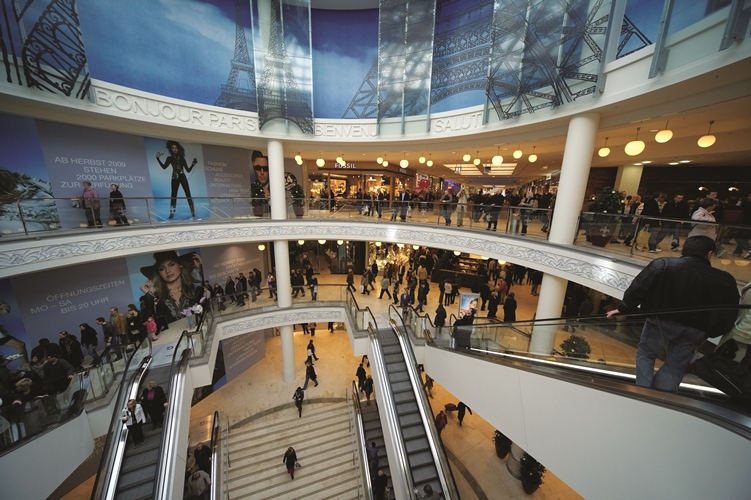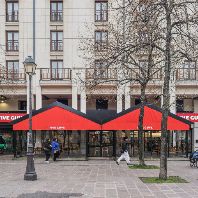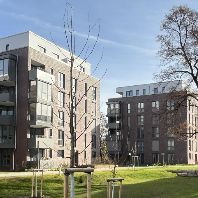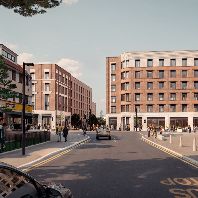The recovering European economy and a rise in net migration into Germany will lead to acceleration in retail sales growth attracting more domestic and international retailers to the country, according to the latest research by global property advisor CBRE.
The research, based on market size, tourist spending and growth potential, highlights the potential hotspots of retail consumer demand with 14 German regions featured in CBRE’s top 60 ranking. The recent upsurge of migration into Germany will have a positive impact on retail sales growth at the national level and, in particular, on some of the large German cities where good employment prospects make them natural magnets for new migrants.
There are five German markets in the top 25 with Munich (3); Hamburg (13); and Mannheim (23), Frankfurt (24), and Berlin (25). Dusseldorf, Stuttgart, Freiburg, Cologne and Osnabrük also appear in the top 50. These findings are supported by CBRE’s research How Active are Retailers in EMEA, which found that more major retailers are planning to expand in Germany than in any other European country (53% compared with 23% in the UK).
Neil Blake, Head of UK and EMEA Research, CBRE, commented: “Population is a key determinant of spending power in a demographically constrained but economically successful country like Germany. Higher population will mean more spending, pushing up the space needs of domestic retailers and making Germany a more attractive destination for international retailers.
“The recent increase in net migration in Germany has already led to a leveling off of the population. Moreover, most of the migrants are economically active people who are successful in finding jobs in Germany. Should net migration stabilise at around 250,000 per annum, German population will increase at a higher rate than indicated by official projections and a number of regions, in particular, will perform far better than the German average.
“While growth is important, initial market size also matters because slower growth in a big market may be more attractive to retailers than higher growth in a small market. Markets such as Munich, Hamburg and Frankfurt offer growth, critical mass and space for retailer expansion and for commercial real estate investment.”
With higher migration, Munich will see a population growth increase by 106bps to 3.2%, relative to the official projections. Hamburg and Berlin see even bigger increases of 124 and 122 bps respectively to 2.8% and 1.8% by 2015.
With seven regions listed in the same top 60, Turkey has by far the most retail sales growth potential in Europe with an average forecasted sales growth of 4.8% per annum. Istanbul is also to benefit from a cumulative 15% growth from 2013 to 2015. Turkey has levels of pending per head that are well below those found in Western Europe. These levels cause the potential for high sales growth when combined with the prospects of Turkey’s high economic growth.
The size of Inner London pushes the market to second in the ranking with a forecasted growth of just over half (7.8%) that of Istanbul. At present, the UK economy appears to have the fastest growing economy in Western Europe.
Sweden and Norway are forecast to see good retail sales growth with 2.6% and 2.3% respectively. Regions from these countries feature high in the list of results with Stockholm ranking fourth and Oslo sixth. Oslo is forecasted to have the highest increase of retail sales in the Nordics with an estimated rise of 9.3% in sales from 2013-2015.
Source: CBRE















